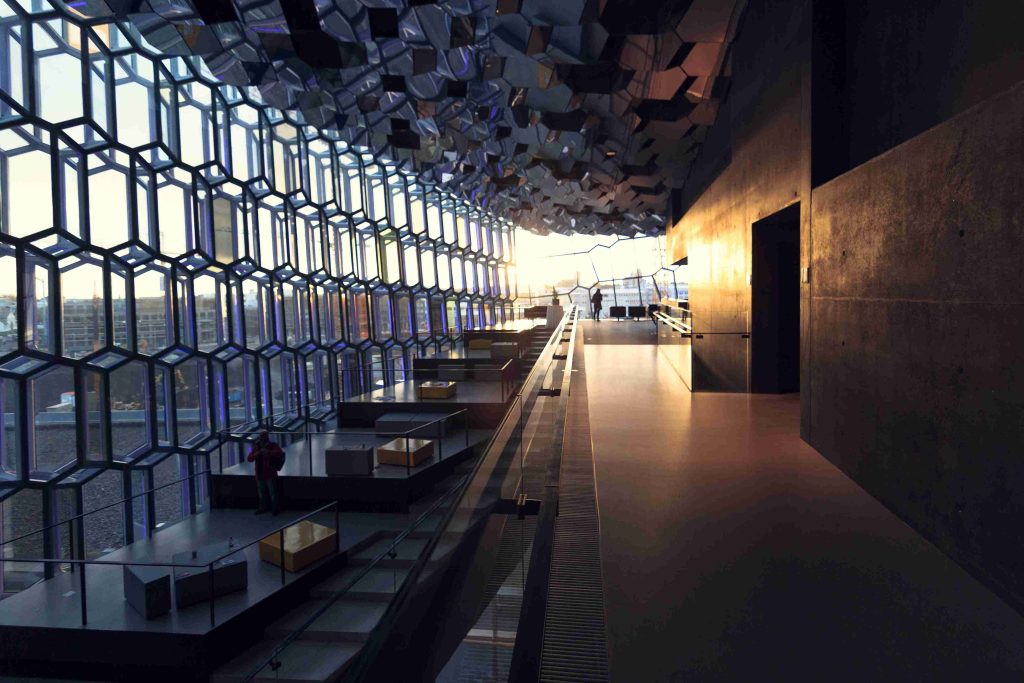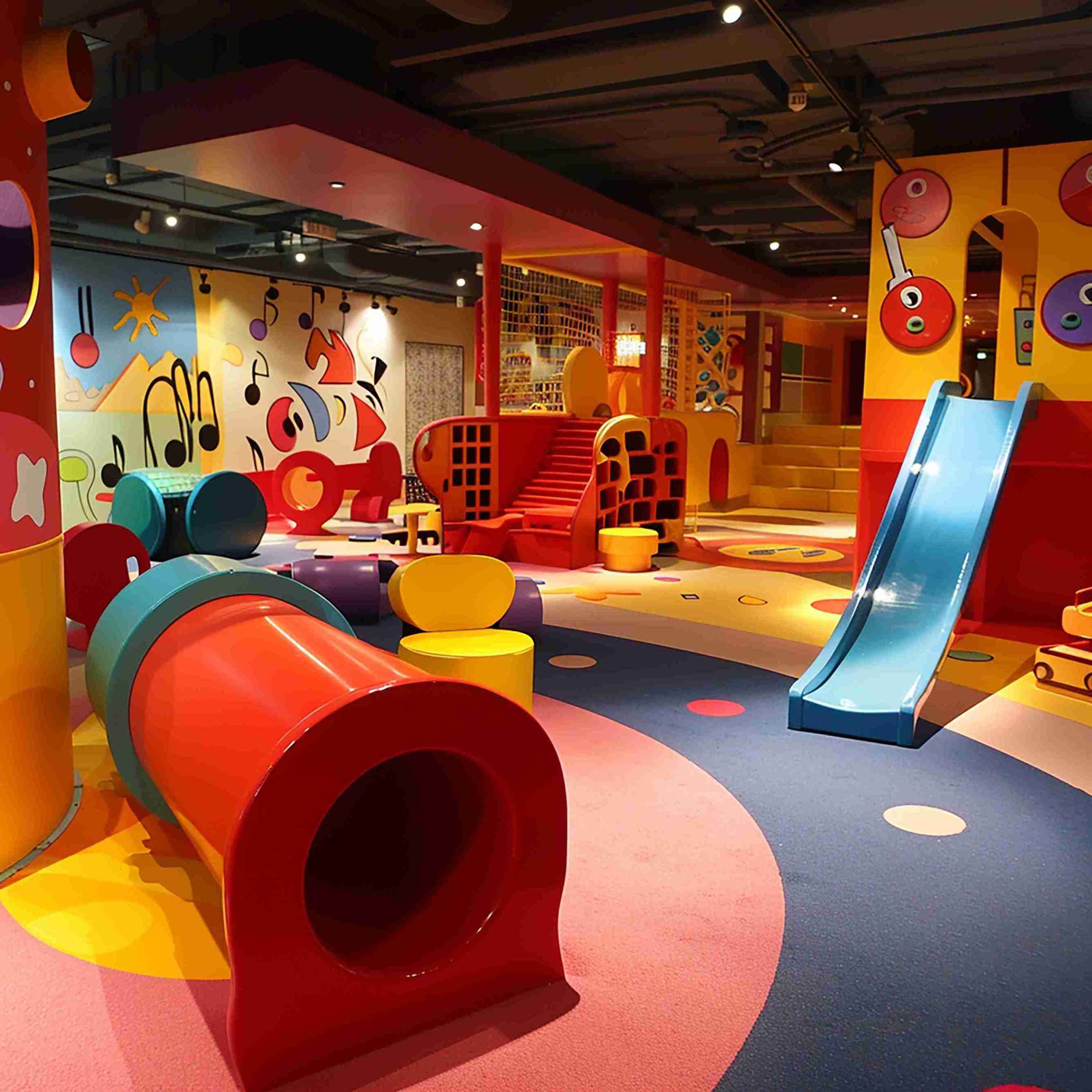Smart design, sustainable and resilient design Modern hospitality architecture is no longer only about luxury. With hotels becoming multifunctional facilities used in business, leisure, and wellness, there is a need to change the engineering of hotels as well. Whether it is the comfort of the guest, its aesthetic value, or its efficiency, each design decision is important.
One major change that has been witnessed is the growing use of long lasting, multipurpose materials like stainless steel panels, particularly in the structural elements as well as the ornamental works.
Simultaneously, the field of hotel engineering design and decoration is witnessing a transformation driven by technology, sustainability goals, and evolving guest expectations. This article will discuss science and innovation behind creativity in the modern hospitality environments.
The Role of Stainless Steel Panels in Hotel Engineering Design:
Stainless steel panels have become integral components in modern hotel engineering design and decoration, offering architects a high-performance solution that blends structural support with design flexibility. Stainless steel panels can be utilized both internally and externally unlike the traditional building materials where the strength and the aesthetic value have to be compromised.
Engineering-wise, these panels have superior corrosion, thermal expansion and mechanical stress resistance, and hence suitable in a high humidity environment like a hotel kitchen, spa or seaside resort. They are lightweight but tough in structure making them easy to install and long lasting.
Engineering wise, stainless steel can also be easily customized. It can be used in a variety of finishes, brushed, polished, patterned, etc., which enables it to be adapted to a great variety of design styles. It has both a functional and ornamental aspect, which makes it possible to ensure the unity of architectural language in the buildings of hotels. Stainless steel panels can be applied in the interior of elevators, the walls of lobbies, or the exterior cladding, joining the architectural strength and the contemporary luxury.
Material Benefits: Why Stainless Steel Panels Are Ideal for Hotels
Hotels require materials that can resist the constant wear and tear and weather changes as well as high hygiene requirements. Stainless steel panels overcome these challenges with ease and that is why they have been a choice material in the engineering design of hotels. They have a non-porous surface that does not allow the growth of bacteria and is simple to clean, which is important in high-contact zones such as elevators, reception desks, and bathrooms.

In addition to that, stainless steel is fire resistant, low maintenance and has a high tensile strength, which makes it safe to both the guests and it is also efficient to the operations. It also maintains its looks over time without stains, corrosion or discoloration even in the harsh environments.
Hotels that want to have a modern and clean appearance can use stainless steel to give them a polished finish that can fit many design schemes. It can be used in minimalistic and grand styles equally, which is why it can be utilized in both small boutique hotels and large resorts.
Finally, the versatility, durability and adaptability of the design, stainless steel is an investment that will never go out of fashion as far as hospitality buildings are concerned, as long as quality and durability are values that are upheld.
Integration of Stainless Steel Panels in Hotel Decoration Aesthetics:
The aesthetic versatility of stainless steel enables it to go beyond its industrial roots and appear as a major element of hotel decoration. Stainless steel panels are being used more and more by interior designers not only because of their usefulness, but also because of their more sophisticated, modern aesthetic. All these panels are available in a variety of finishing choices: mirror polish, hairline, matte, bead-blasted or colored titanium coating, so they can be customized to suit any style.
Stainless steel cladding in hotel lobbies may give an impression of space and modernity, and may reflect ambient lighting to contribute to mood and space.
Moreover, stainless steel is a perfect match with such materials as glass, wood, or stone, and a designer can use it to build layered textures and unusual contrasts. This material compatibility assists hotels to develop a coherent design identity and also offers durability and cleanliness which is essential in the busy hospitality spaces. Therefore, the introduction of stainless steel into the decoration process does not only increase the aesthetic value, but it also strengthens long-term value and brand uniformity.
Modern Trends in Hotel Engineering Design and Decoration:
Today’s hotel engineering design and decoration are increasingly guided by three principles: modularity, sustainability, and user-centric experiences. Thanks to modular construction methods and prefabricated elements such as stainless steel panels, project schedules are becoming shorter and designs more accurate. This conversion will be able to perform more rapid refurbishments and space planning flexibility- a key consideration when it comes to brands that want consistency in worldwide properties.
The other trend is smart materials and systems. Hotels are retrofitting sensors that trigger lighting, climate control, and contactless access points, which are frequently mounted in or behind hard panel systems.
The design-wise trend is heavy on biophilic and minimalistic design elements, or spaces that focus on light, texture, and nature. The stainless steel panels and in particular those that have been treated to soft finishes help to contribute to this design language and provide a modern look without intruding on the space. Finally, a combination of high-level engineering, materials that last, and design that prioritizes the guest are transforming the hospitality space into one that is both functional and emotionally evocative.
Sustainable Design Using Recyclable Stainless Steel Panels in Hotels:
Sustainability is not a trend anymore, but a need in hospitality design. Stainless steel sheets help in green building efforts because they are recyclable at 100 percent and still retain their quality. Stainless steel with a high recycled content can be found in the offerings of many manufacturers nowadays, which is why it is a wise choice when it comes to eco-friendly hotel projects.
The life cycle of these panels is long too. They are long lasting, which means they do not require frequent replacements and their maintenance is minimal, which reduces long-term energy and water usage. Stainless steel contributes to holistic environmental policies when used in energy-efficient building systems, e.g., as a frame of solar panels, ventilation ducts, or rainwater harvesting systems.
In the broader scope of hotel engineering design and decoration, incorporating sustainable materials like stainless steel sends a clear message to guests: this is a brand that values quality, safety, and environmental responsibility.
Conclusion:
As hotel buildings strive to achieve a balance between aesthetics and practicality, such things as stainless steel panels are important contributions to the guest experience. They offer a unique combination of strength, style, and sustainability that aligns with the demands of modern hotel engineering design and decoration. Whether it is structural frameworks or beautiful interiors, stainless steel enables architects to design with confidence and deliver daring design ideas. Innovation in the hospitality industry will continue to be more successful where durability and aesthetics combine, and stainless steel will continue to be the key to that formula.




